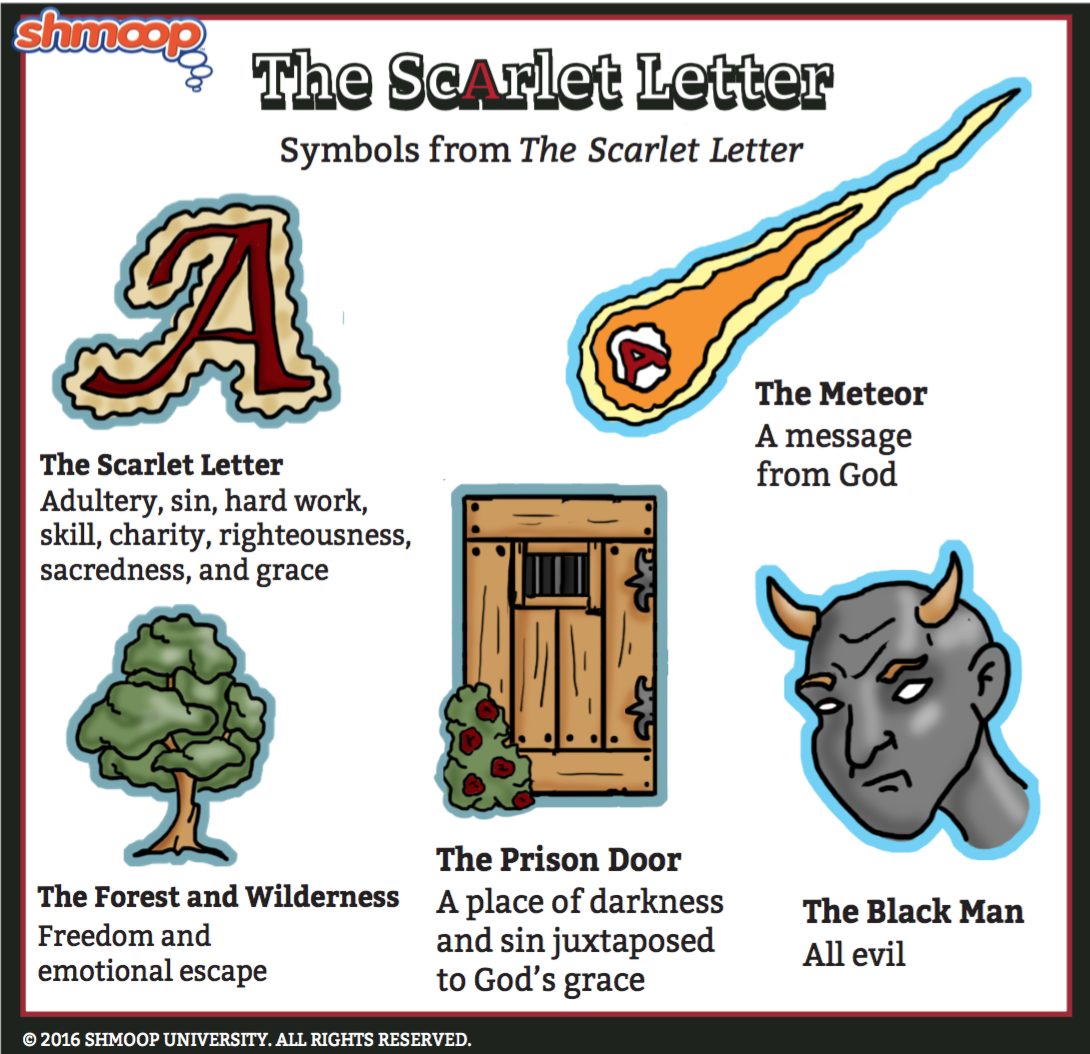Symbolism, Imagery, Allegory

(Click the symbolism infographic to download.)
If you want to know about Pearl as a person, check out her "Character Analysis." But she's just as much a symbol as she is a character in her own right: she represents the price of sin and the possibility of redemption.
Hester names her daughter Pearl "as being of great price—purchased with all she had—her mother's only treasure!" (6.1). The "pearl of great price" is a reference to the Biblical Gospel of Matthew: "Again, the kingdom of heaven is like unto a merchant man, seeking goodly pearls: Who, when he had found one pearl of great price, went and sold all that he had, and bought it" (source).
On the one hand, Hester loves Pearl exactly because she had to suffer so much to get her—not just in childbirth (a huge risk for any woman back before about 1900 or so), but also because she's a perpetual outcast. In exchange for Pearl, she gave up everything else: her reputation, her community, and even her religion. Pearl also ends up being Dimmesdale's "pearl of great price": when he finally acknowledges her, he gives up his life… but in return he gains forgiveness from God. (We assume, that is; God doesn't actually make an appearance in the novel.)
That's a lot of symbolism for one little girl to hold on to. And we think the key moment for Pearl-as-symbol, including for Pearl-as-character, is the moment that she gets to stop being a symbol. When she kisses her dying father, her tears become a pledge to "be a woman" in the world—no longer a symbol of sin (and possibly grace), but a real, living, breathing woman.
